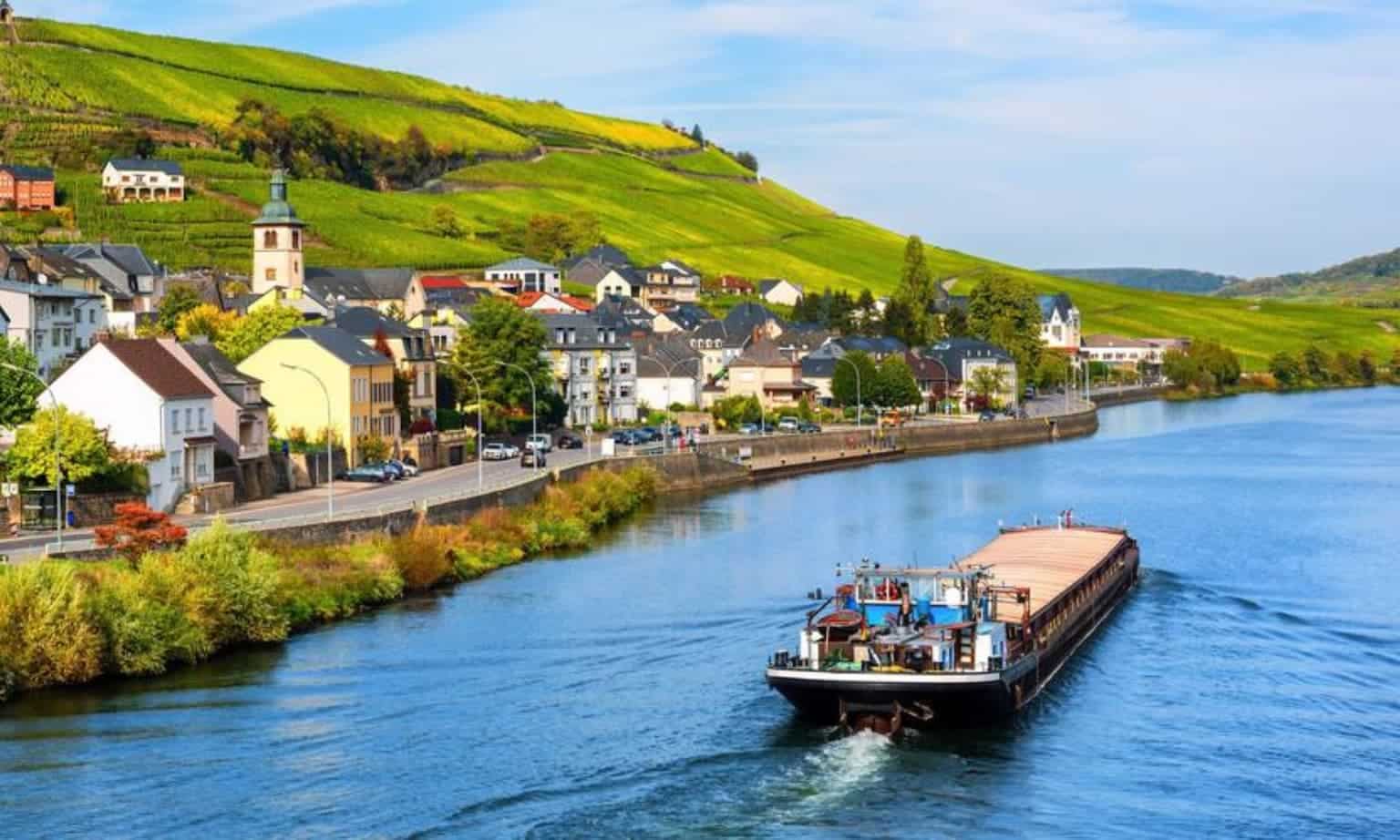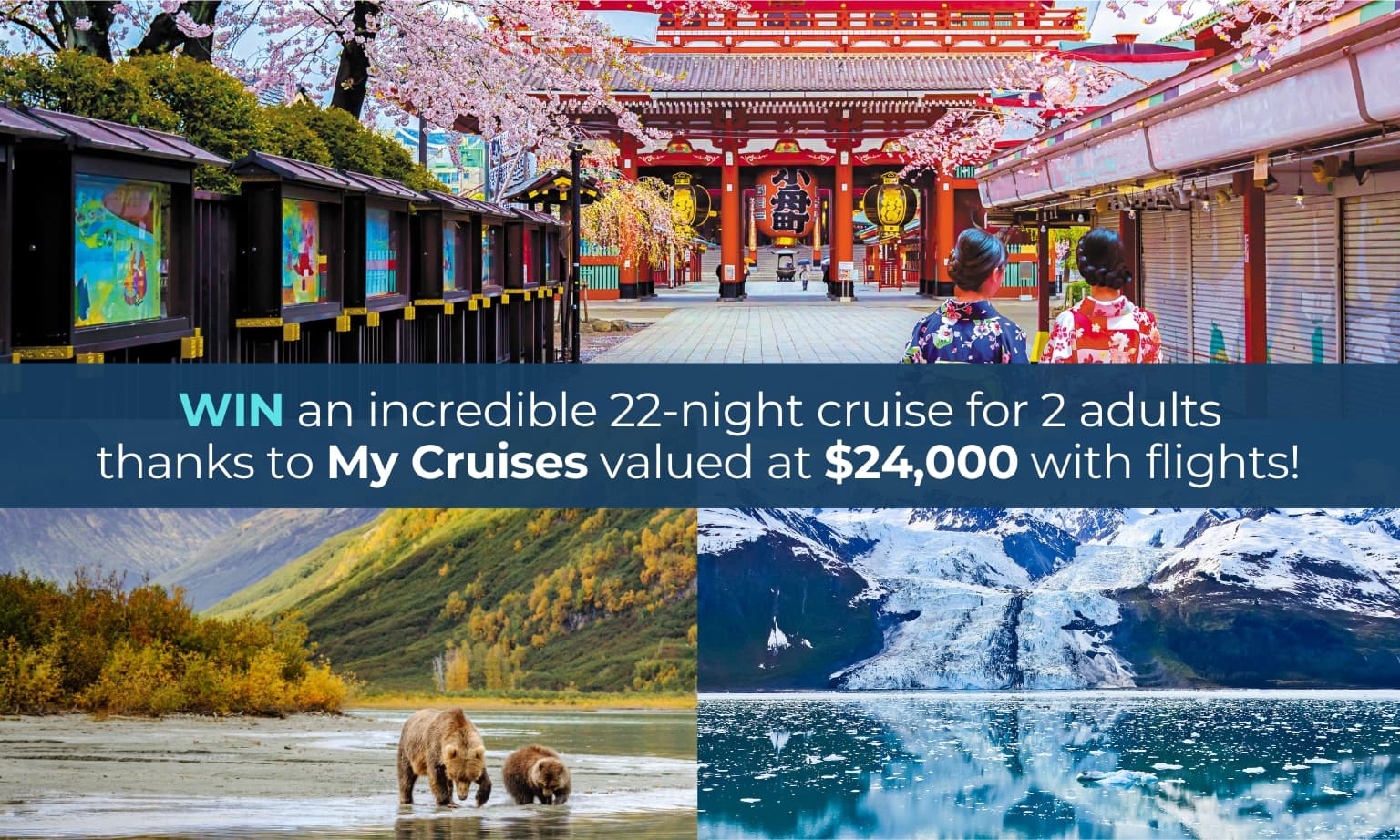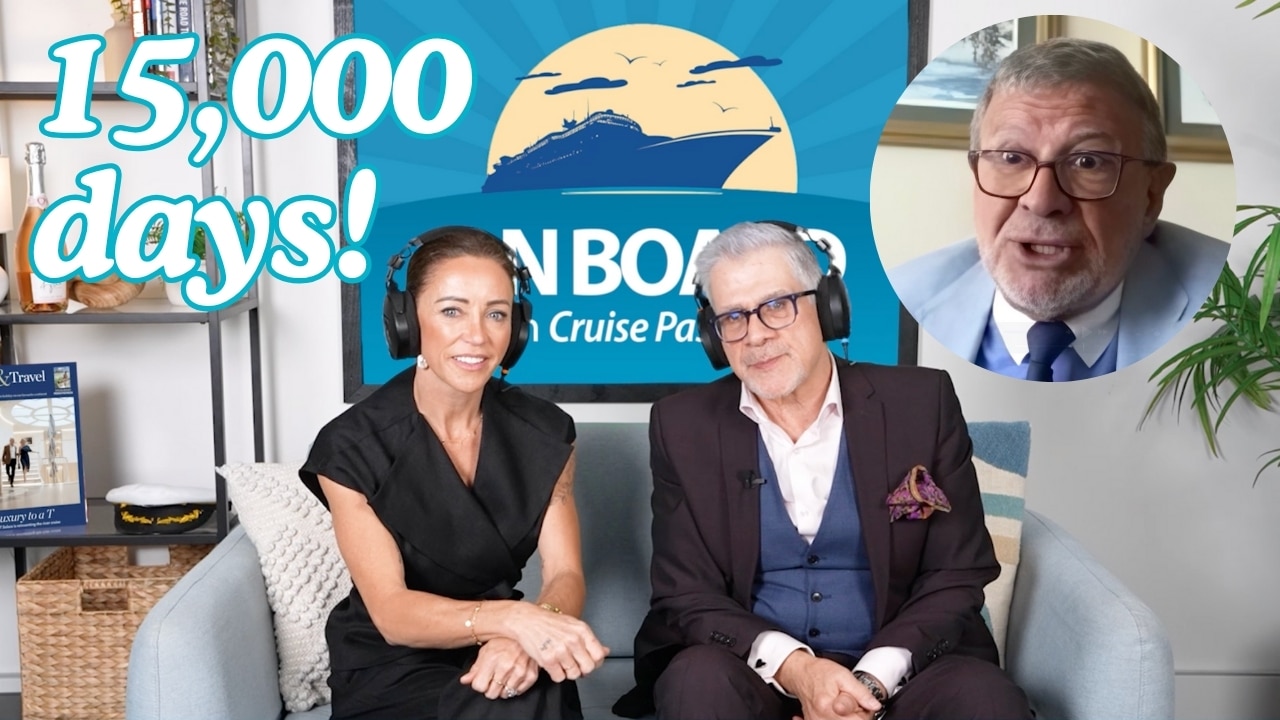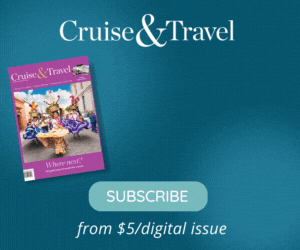- Too often overlooked, the Moselle (or Mosel in Germany) is one of the world’s great river cruise destinations.
- It winds through vineyards, half-timbered towns and Germany’s most picturesque river bends.
- It joins the Rhine at the famous Deutsches Eck monument, making this one of the great sailings of Europe.
Rising in France’s Vosges and flowing through Luxembourg into Germany where it meets the Rhine at Koblenz, the Moselle (known as the Mosel in Germany) is a river of curves—each bend revealing vine-striped slopes, medieval fortresses and postcard villages. It’s one of Europe’s most scenic waterways for slow, small-ship exploration.
For cruisers, the appeal is intimacy. Compared with the big-city energy of the Danube or lower Rhine, the Moselle feels hushed and local: wine estates within arm’s reach, promenades lined with half-timbered houses, and hill paths that lead to ruined castles with sweeping river views.
Typical itineraries pair Moselle days with stretches of the Rhine and Main, starting or ending at the confluence in Koblenz or the Roman city of Trier.
The cruise season runs April to October. Spring brings quiet towns and fresh green terraces; summer offers long days and festivals; and September–October is harvest time, when vineyards glow gold and tasting rooms buzz.
Expect a river shaped by vantage points: low decks slip beneath cliffs crowned by castles like Reichsburg Cochem; mirrors of water reflect vine-laced hills; every S-bend is a scenic “slow reveal.” That serpentine character creates some of Europe’s most photogenic river miles.
Most voyages call at Cochem, Bernkastel-Kues, Traben-Trarbach, Zell, Trier and Koblenz—a chain of wine villages and small cities stitched together by promenades and bike trails.
The Moselle’s wine story runs deep—Romans planted vineyards here nearly two millennia ago—and today the region is synonymous with delicate, slate-grown Riesling from some of Germany’s steepest slopes. Tastings and cellar doors are a given on most itineraries, and you won’t want to miss them.
Because ships often combine rivers, you’ll see contemporary Rhine/Main-class vessels sized for Europe’s locks—typically 100–150 guests—bringing suite balconies, bikes, and regionally focused dining. The Moselle segments are the “scenic chapters” within these longer journeys.
For Australians and other long-haul travellers, the Moselle is a sweet spot: castle-hopping without crowds, time in small towns, and a tasting-led pace that pairs perfectly with late-summer or harvest travel windows.
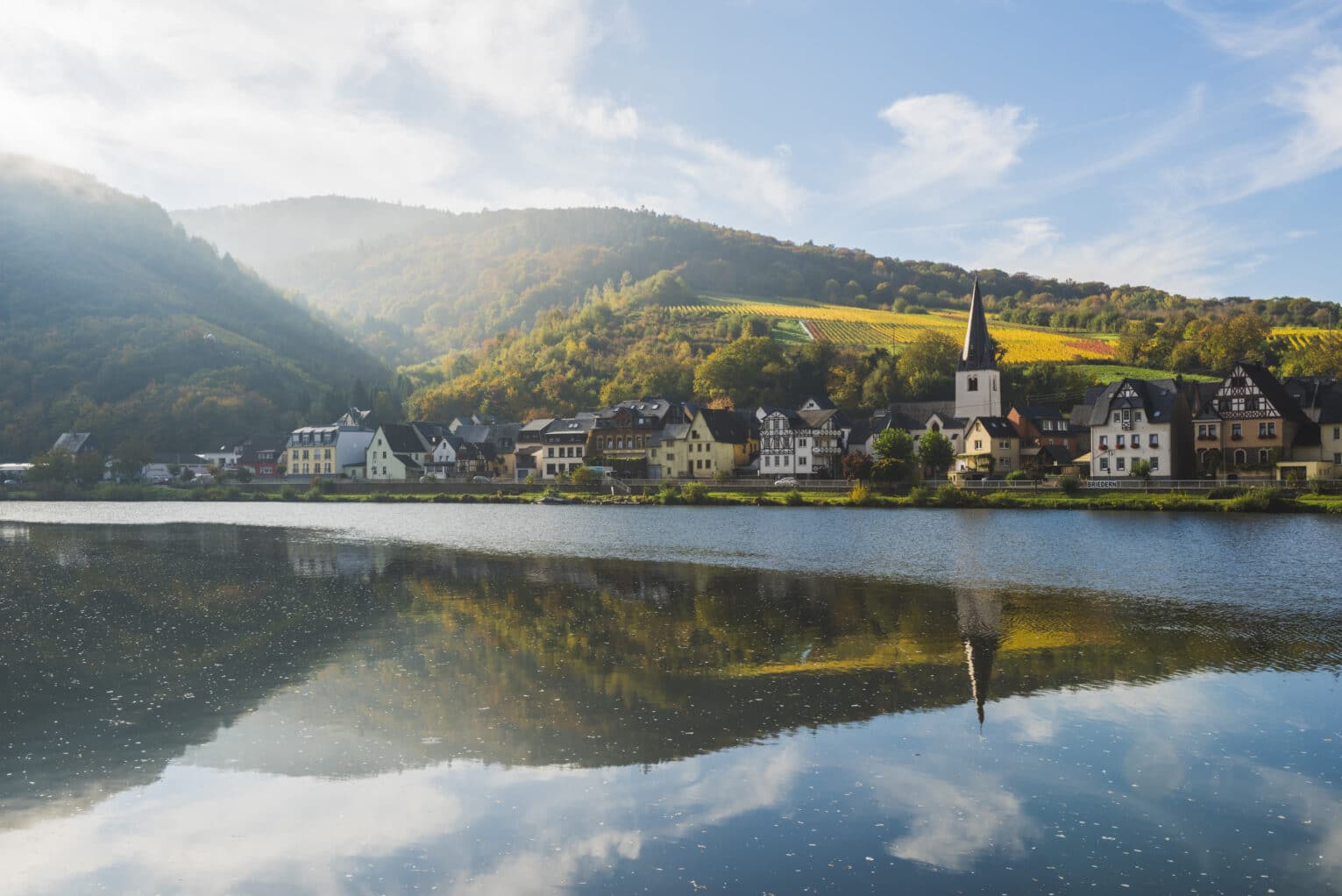
When to go
- April–October is the main season; many operators start by late April and wrap by late October. Riviera Travel
- Spring (Apr–May): cooler temps, fewer crowds, fresh green terraces. World of Cruising
- Summer (Jun–Aug): long days and festival energy along the valley. Riviera Travel
- Autumn (Sep–Oct): harvest colours and the most atmospheric wine experiences. Adventure Life
Best ports
- Trier – Germany’s oldest city (Porta Nigra), often a start/end point.
- Bernkastel-Kues – half-timbered square, classic Riesling town.
- Traben-Trarbach – Jugendstil architecture and riverside promenades.
- Zell (Mosel) – famed “Black Cat” wine and easy riverside walks.
- Cochem – cobbles below Reichsburg Castle, a Moselle icon.
- Koblenz – the Deutsches Eck confluence with the Rhine; a common link point on combined routes.
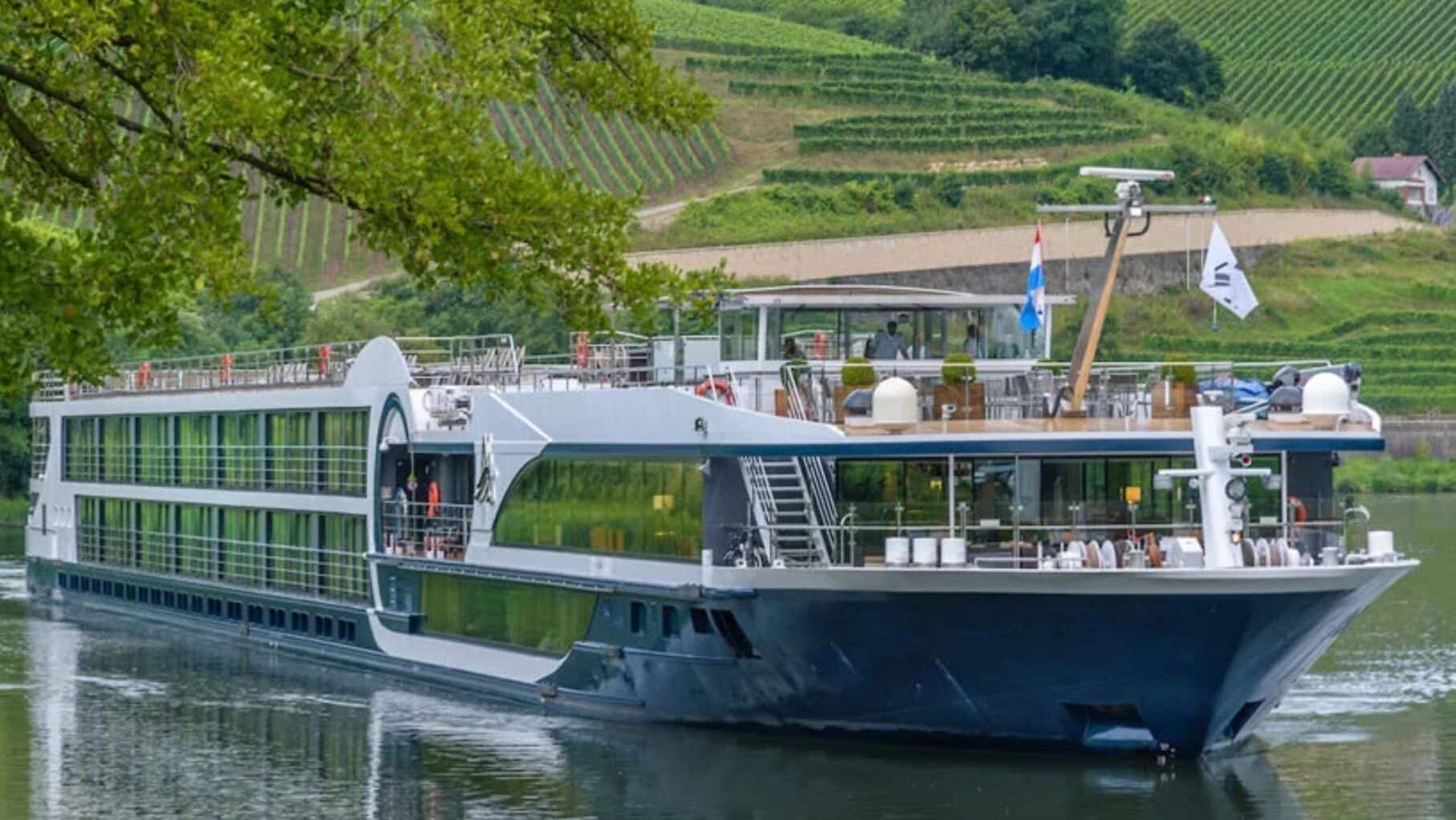
Who sails the Moselle River
AmaWaterways
Typically 1–2 ships from Ama’s Rhine/Main fleet operate Moselle segments within Rhine–Main–Moselle itineraries; think ~150-guest “twin-balcony” Suite Ships. Expect wine-led touring and immersive options folded into longer routes such as Rhine & Moselle Fairytales/Delights.
Avalon Waterways
Avalon deploys select Suite Ships (e.g., Avalon Imagery II on certain dates) on Rhine–Moselle programs; capacity is usually ~128–166 guests with wall-to-wall Panorama Suites. The brand’s hallmark is open-air balconies and flexible “Active/Discovery” excursions, great for vineyard walks and castle climbs.
Uniworld Boutique River Cruises
Uniworld sails the Moselle primarily with the River Queen (approx. 128–130 guests), a boutique vessel styled like a 1930s Grand Hotel. The unique angle is high-touch luxury and design-forward interiors on Rhine–Moselle combinations.
Scenic
Scenic’s Space-Ships (usually 1–2 seasonally) feature on Moselle-inclusive itineraries, carrying ~96–163 guests depending on ship class. Expect all-inclusive luxury with butler service and curated Freechoice touring across Moselle bends and Rhine castles.
Emerald Cruises
Emerald’s Star-Ships (often 1–2 seasonally) cover Moselle within Rhine/Main programs; capacities sit ~110–180 guests depending on ship. A contemporary, great-value product with pools and smart design—good for first-timers who still want scenic wine country days.
Tauck
Tauck typically fields one ship on extended Rhine & Moselle journeys at a time, with ~98–130 guests depending on vessel. The differentiator is fully all-inclusive experiences—think Cochem winery tastings and exclusive castle evenings—wrapped into Basel–Amsterdam style routes.
APT
APT features the Moselle within select Rhine/Main/Moselle itineraries using European river ships in the ~140–160-guest class. The brand’s strength for Australians is premium inclusions and curated local experiences across Germany’s wine towns. (Public APT pages are broad; Moselle segments appear within Rhine/Main programs.)
Abercrombie & Kent
A&K offers the Moselle via its La Nouvelle Étoile hotel-barge (8 guests)—an ultra-intimate, all-inclusive cruise through Moselle highlights like Cochem, Zell and Trier. It’s a boutique, private-yacht-style experience rather than a classic river ship—perfect for small groups wanting exclusivity.

